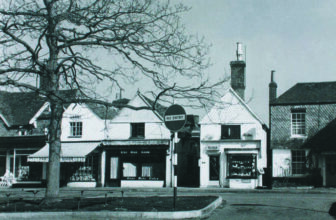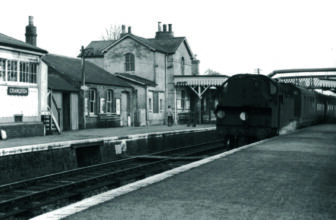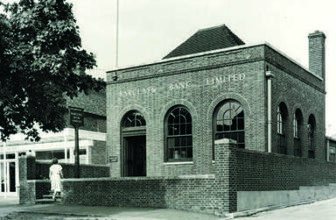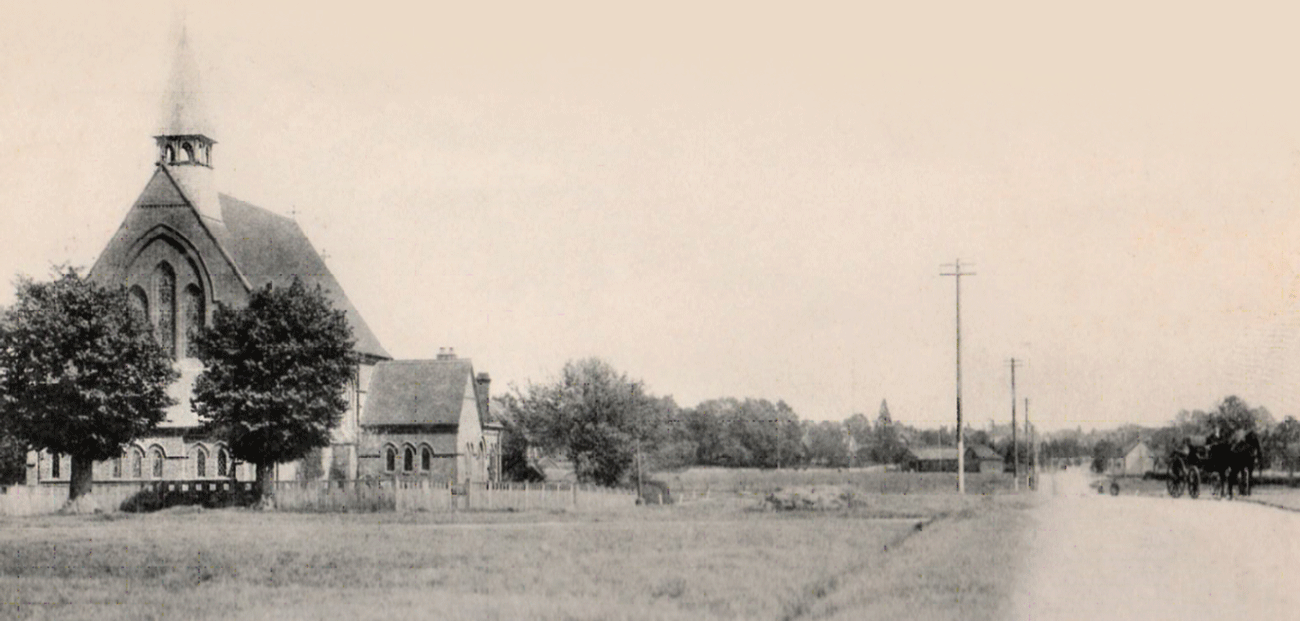
by Joy Horn // Main Photo: St Andrew’s church. The W.I. originally met in the church hall.
In the first half of the 20th century, only a few married women were employed outside the home. Apart from running their homes efficiently, what did they do with their time?
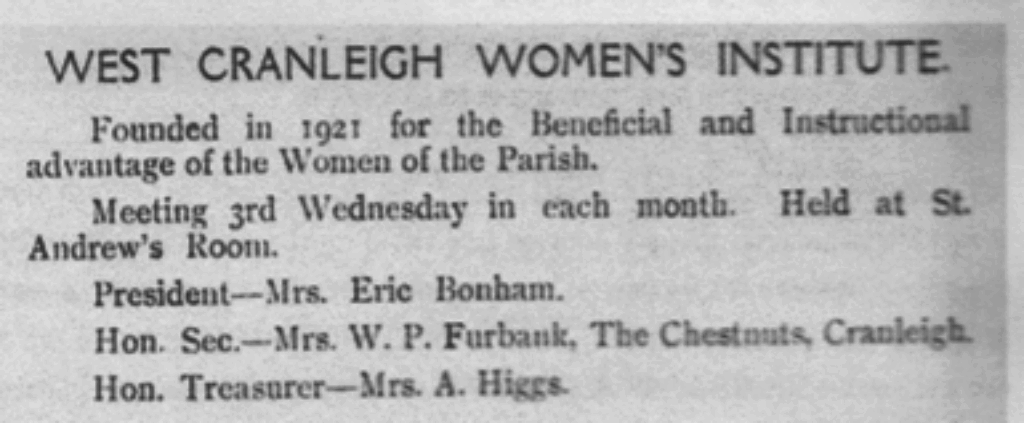
The Women’s Institute movement began in Canada and the first British branch was on the island of Anglesey in 1915. Its aim was to encourage rural women to help the War effort, especially by producing and preserving home-grown fruit and vegetables. Cranleigh’s W.I. was founded in 1921 and met on the Common, in the church room attached to St Andrew’s church (here 1897-1973). Mrs Ethel Bonham of Knowle was the first president and Mrs Furbank, wife of a local bank manager, was honorary secretary. The initial membership was 20 women. By about 1926 they had moved to the old village hall, the centre of village activities, and in 1933 to the brand-new Memorial Village Hall.
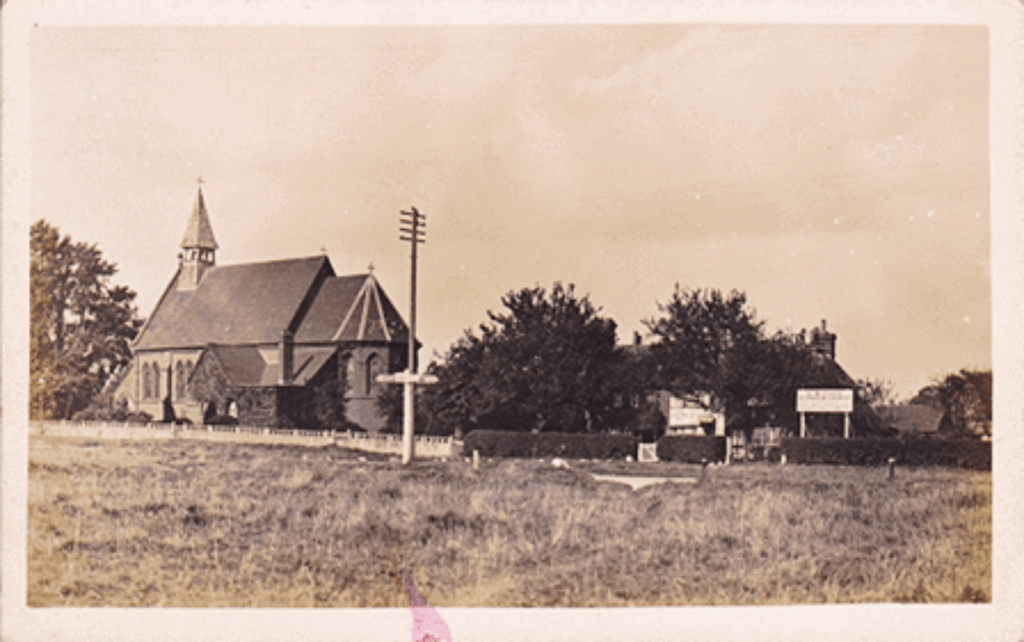
An early honorary secretary to the local W.I. was Mrs W. Heath Robinson, wife of the celebrated artist and cartoonist. They lived at ‘The Copse’ in Horsham Road at the junction with Grove Road. Around 1930 William Heath Robinson kindly designed the banner for the W.I. members to embroider. It hangs in the village hall, on the left-hand side, near the front.
The W.I. played its part in raising ‘a substantial sum’ towards building the new Village Hall. One fund-raising event was an evening whist drive in the garden of Lady Bingley, and her husband General Sir Alfred, who lived at ‘The Causey’ (behind the present Arts Centre). It was (and is) a beautiful house.
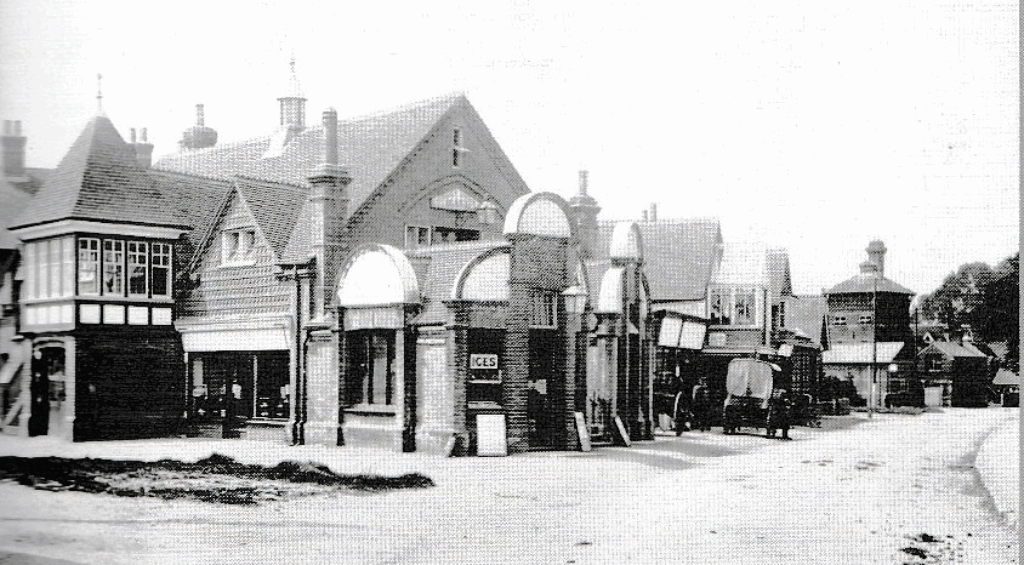
The W.I. must have enjoyed a delightful evening here. That is, unless it rained, in which case the event would have been held in the Church Hut – probably less scenic. The Church Hut was put up after the First World War, and served a useful purpose until it was destroyed by a flying bomb in August 1944.
In these early years, craft courses were held in upholstery, basket-making, rug-making, glove-making, and lampshade-making. Classes in folk-dance were very popular and once, with other villages, they held a summer evening folk-dance and folk-song rally on Albury Heath, with a piano brought up for the occasion. At one time there was an enthusiastic prize-winning choir. During the War, Mrs Cameron, wife of Dr Cameron, wrote some Nativity plays for W.I. members to perform. And in 1949 they produced a valuable scrapbook on Cranleigh and its activities.
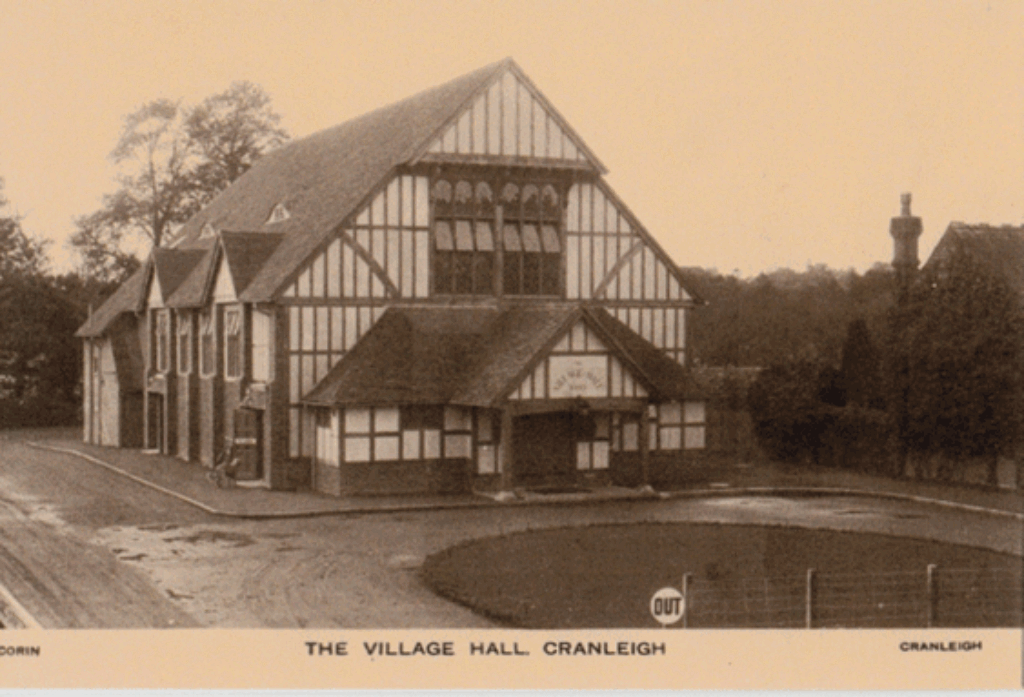
Summer meetings were held in members’ gardens, for example Knowle, Brookmead (now the vets’), Stonewall (now Whiteoaks, on the Common), New Park, and others.
We have most information about the W.I.’s monthly meetings between 1939 and 1944, when the Parish Magazine regularly reported on them. After the singing of ‘Jerusalem’, the first half-hour was taken up with business, led by the president. Then followed a talk or a demonstration. Tea was next, organised by a different hostess each time. After this, there might be an entertainment, and most months a competition.
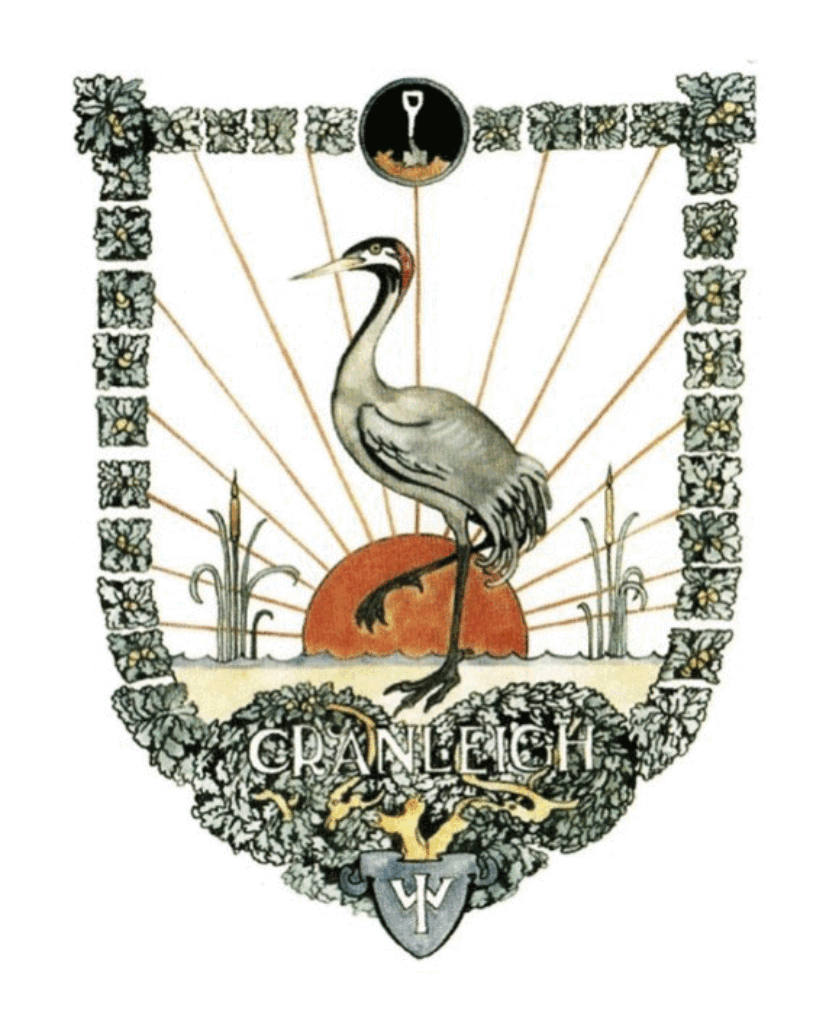
The talks were on such topics as Travel, Patchwork, Old Cranleigh, Domestic Pets, and even a talk by George Cansdale, known nationally as ‘the Zoo Man’, accompanied by lantern slides. Demonstrations included ‘Thrift Suppers’, ‘Cleaning and Pressing Clothes’ and on making something useful out of very little material (e.g. slippers out of old felt hats).

The entertainment sometimes consisted simply of ‘Mrs Reynolds at the Piano’ or ‘Community Singing’, but occasionally something more interesting, like ‘Gypsy entertainment’.
Some of the competitions sound demanding, such as ‘One buttonhole, to be worked in a quarter of an hour’. Others were ‘an apple dumpling (baked)’, ‘6 scones’, or ‘wartime mince pies’; ‘the best bunch of flowers in a jam jar’, ‘an artificial posy’, ‘a homemade toy’, or, most surprisingly, a ‘skipping’ competition. The women also made collections of hen’s eggs for the Village Hospital.
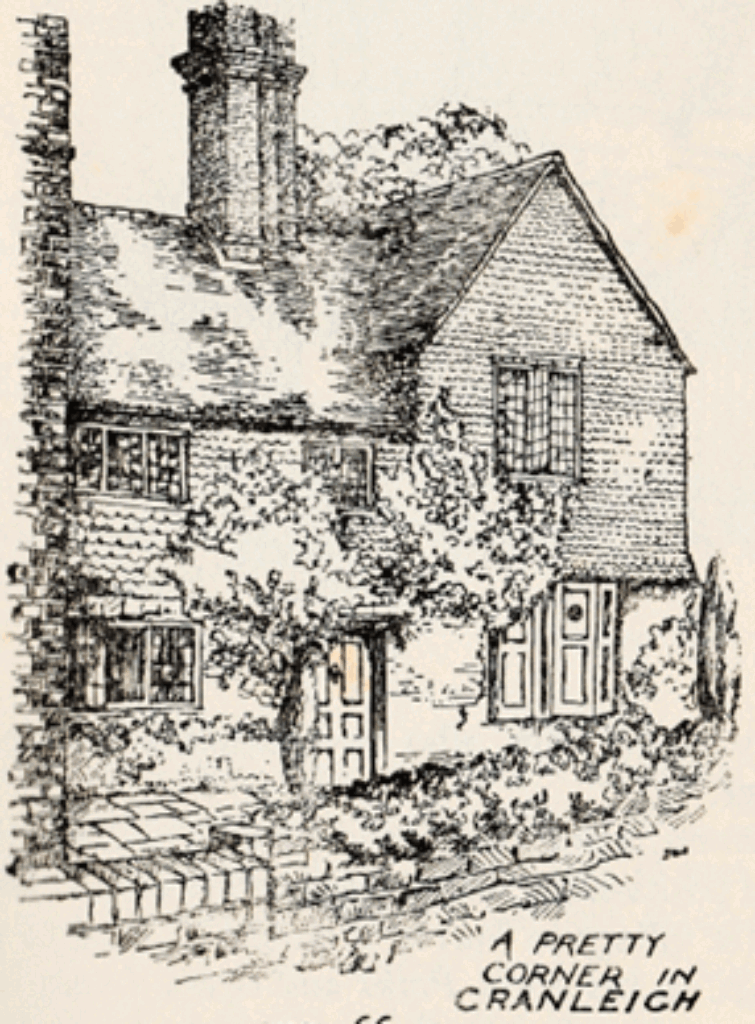
These activities give a very domestic impression of the W.I. of the time. However, in May 1939, a few months before the Second World War, the Cranleigh group went to an area meeting in Redhill, to hear a speaker on ‘Food Production and National Defence’. This speaker said, ‘We should not temporize with this question, but get to grips with it at once … We should cultivate every bit of our gardens, where fruit and vegetables could be grown.’
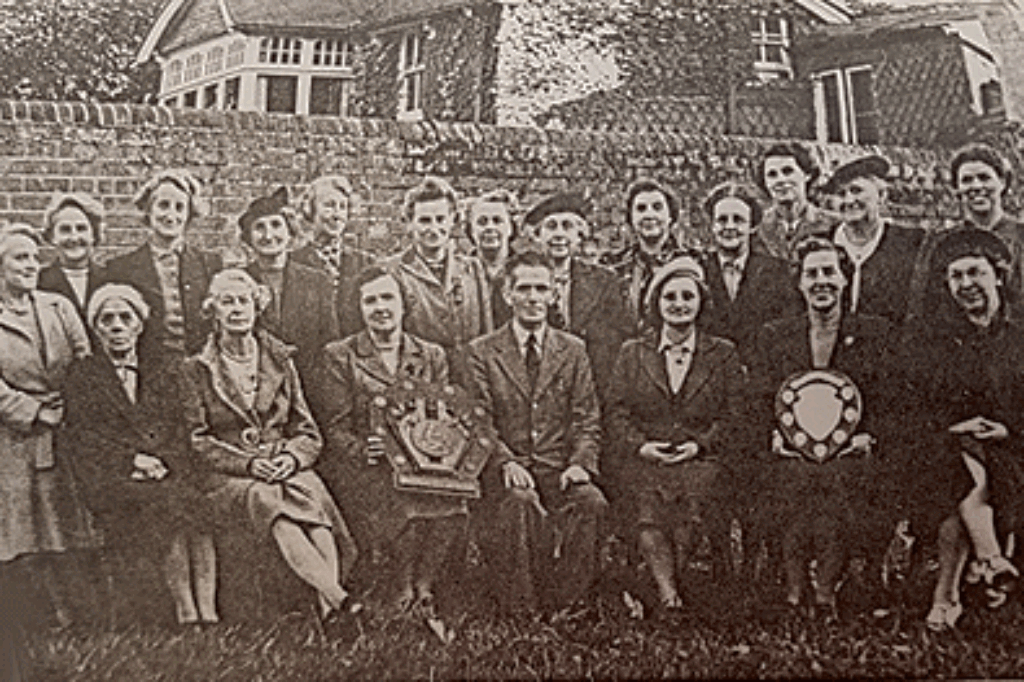
To their credit, during WW2, a canteen for servicemen stationed in Cranleigh called ‘The Troop Inn’ was organised and managed by W.I. members and a ‘Pie Scheme’ was started for the health of the villagers.
In 1949, membership of the Cranleigh branch stood at 237. This incredibly high number reflects the fact that in the post-war years membership of societies and organisations was at its peak.
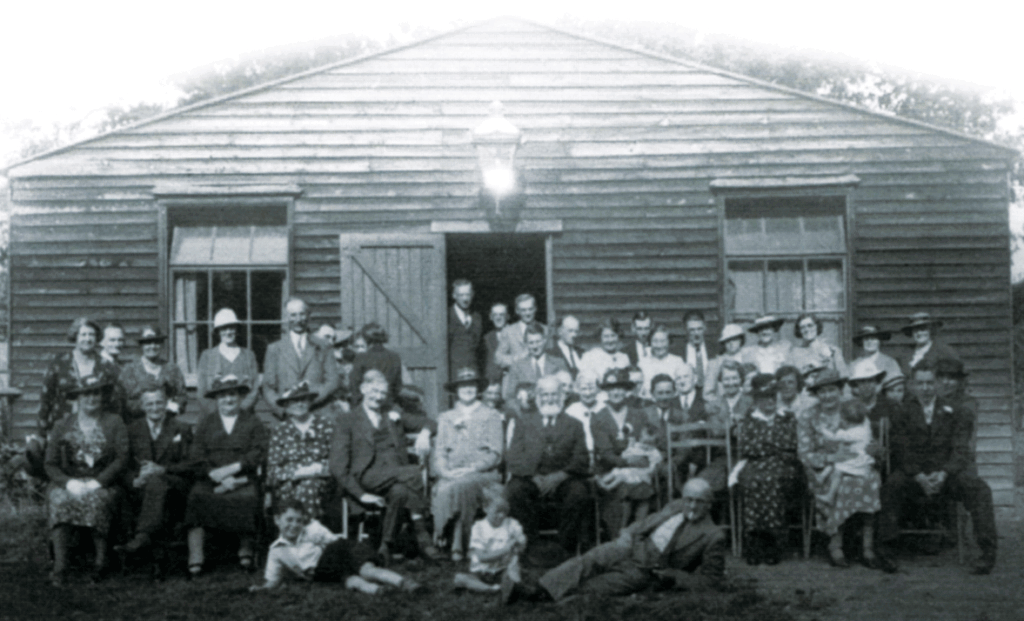
And in 1952 there were signs of the W.I. taking a wider interest in social issues, when the local probation officer gave an ‘enlightening’ talk on the work of juvenile courts: ‘the difficulties and problems which have to be dealt with were a revelation to the listeners’.
The Cranleigh History Society meets on the second Thursday of each month at 8pm in the Band Room. The next meeting is on Thursday April 11th, when Catherine Ferguson will speak on ‘The old Poor Law in Surrey’. Visitors are welcome.




